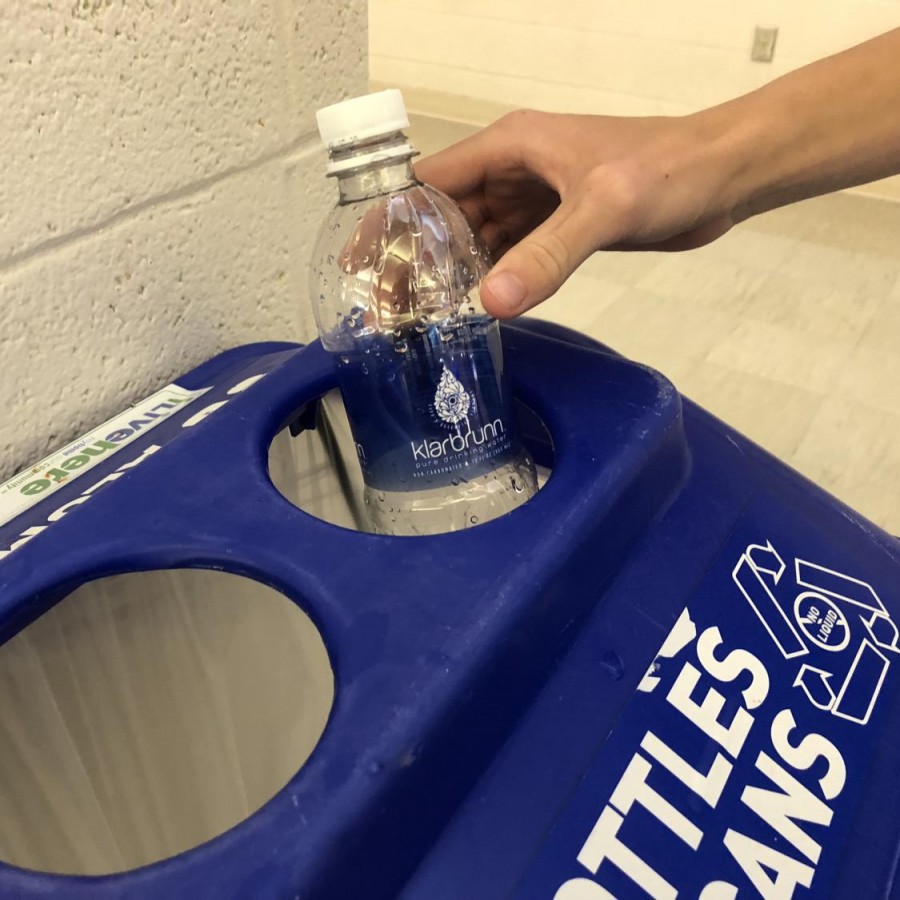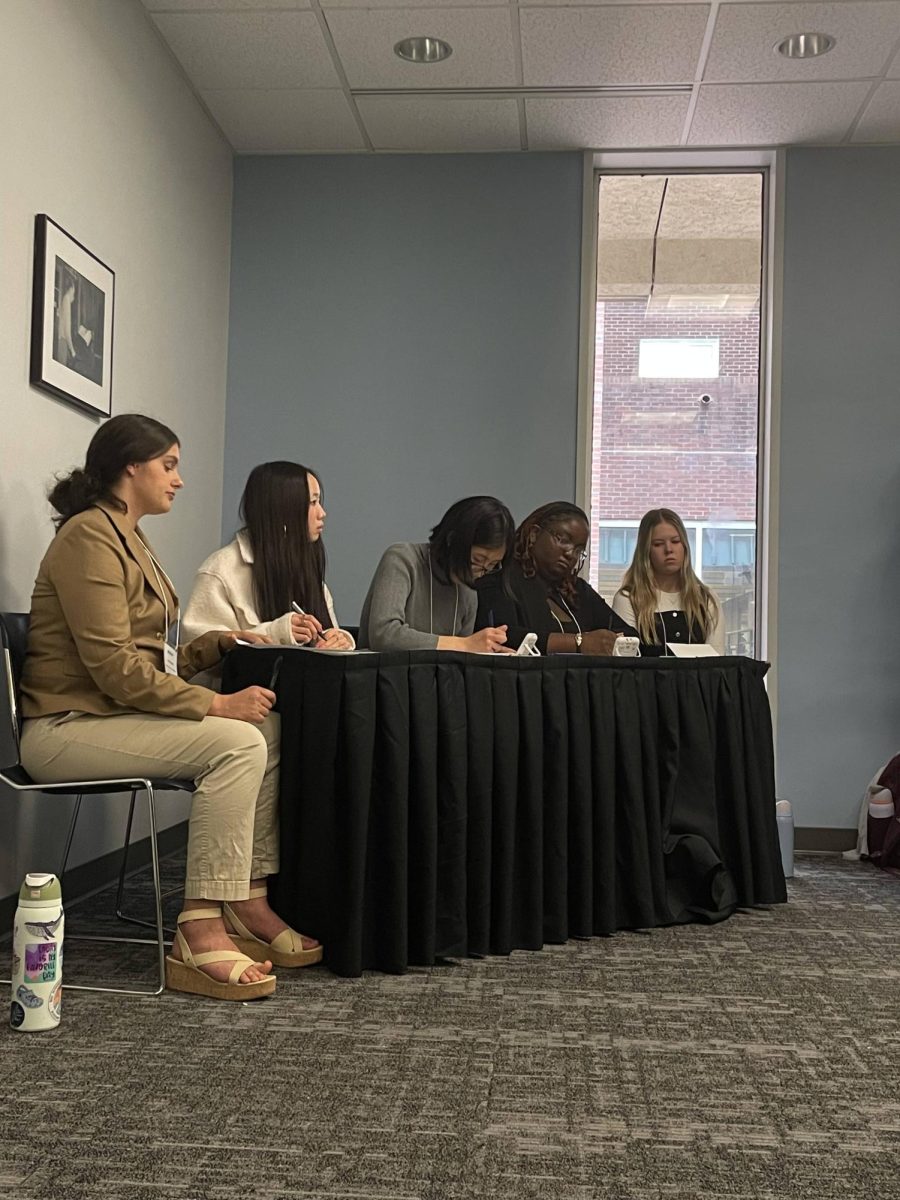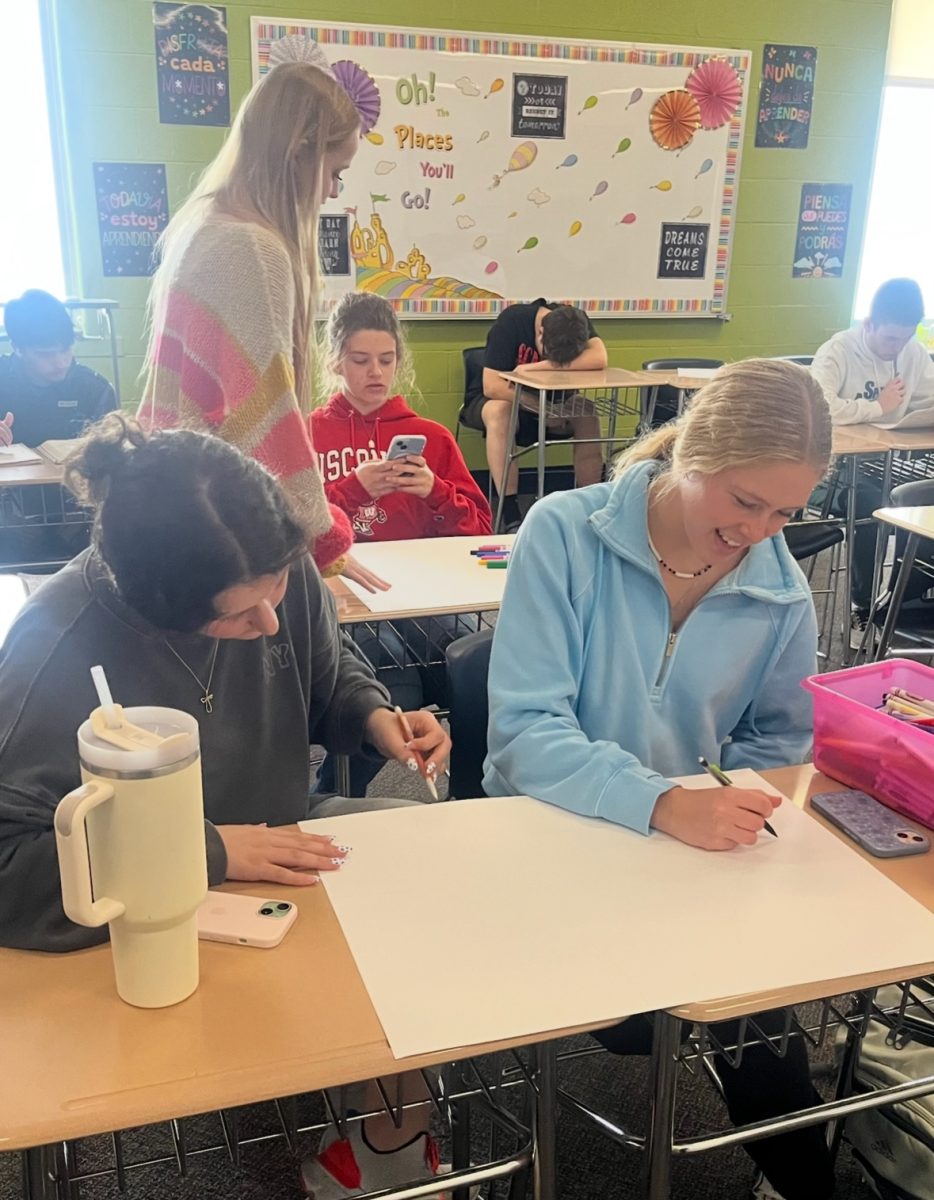As of September 2018, a massive 2000 foot sifter was deployed by environmental conservationist group Ocean Cleanup, a non profit organization that raised 20 million dollars for the project. The project is aimed at reducing the amount of garbage in the Great Pacific Garbage Patch, a collection of garbage that contains an estimated 1.8 trillion tons of plastic.
This staggering amount of plastic not recycled hits right at home in the United States, more specifically within the Pleasant Valley school district. According to head custodian Dan Simmons, around 100 bags of garbage are filled every day at the school. Of that amount, only an estimated 35 consist of recyclable materials. The most common recyclable objects found are paper, plastic bottles, and cans.
While this may seem like a trivial amount of waste not recycled, this waste in combination with the amount accumulated at home adds up to around 4.4 pounds of trash per person, according to Treehugger. Of that, 35% is recycled by Americans instead of the possible 75%, according to Rubicon Global. This means that three of every four items someone throws away are recyclable.
By this statistic, if 1300 people at the Pleasant Valley high school recycle the 75% of waste possible, there would be 2,290 pounds more of recycling per day, which would add up to 772,200 pounds in a 180 day school year. According to the same report, the energy saved from reusing these materials could power 62 houses for a year.
The sifter deployed by Ocean Cleanup, named System 001, is projected to clean up around 50 tons of garbage per year, according to CNN. In comparison, in 365 days the Pleasant Valley high school constituents will generate 678.5 tons of waste by only recycling the average 35%, but if everyone were to recycle 75%, the amount would decrease by roughly 417.5 tons to a staggering 261 tons. This would mean an entire year of garbage sifting could be reduced by the high school students alone.
So the next time you go to throw away a plastic bottle, a piece of paper, a can, etc., think more about what it means to recycle those and what it can do for your ecosystem.









